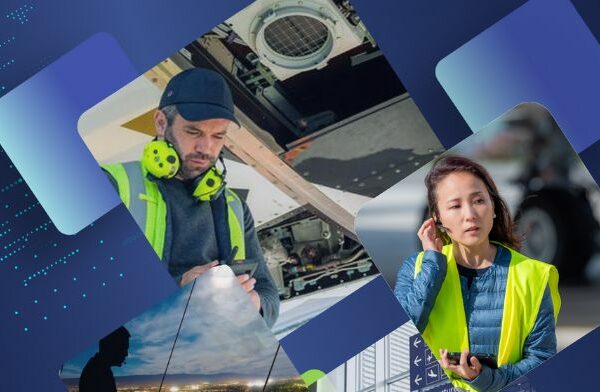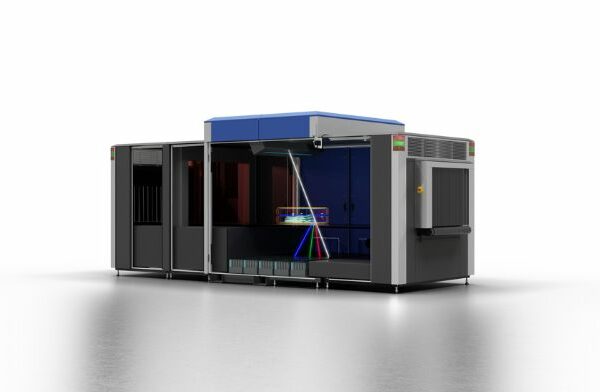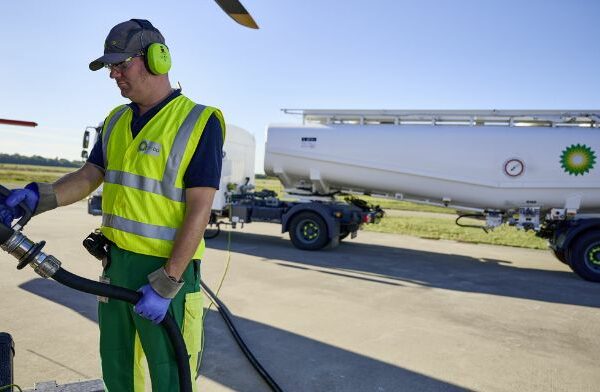Passengers with additional mobility needs could now benefit from an improved air travel experience following the development of a virtual airport environment by researchers at Cranfield University.
The first of its kind, the virtual airport will be used to conduct research as part of the passenger experience laboratory in the new £67 million Digital Aviation Research and Technology Centre (CARTeC), which is currently under construction at Cranfield. The 3D environment can be configured to replicate different design layouts, ambient conditions and levels of activity within a bespoke or simulated real world airport. Wayfinding and navigation provision for passengers with additional mobility needs, including those with unseen disabilities, are some of the uses the environment will be able to help.
“For passengers with additional mobility needs, navigating a busy airport can be an especially tiring and stressful experience,” said Dr Thomas Budd, lecturer in Airport Planning and Management and Academic Lead of the Passenger experience laboratory. “Using immersive technologies in this way enables us to experiment with different designs and new technologies to improve the passenger experience in a way that is safe, time and cost efficient.”
Cranfield is working with Theia Immersive, a spin-out company from the Connected Places Catapult, which specialises in the use of immersive technology for designing inclusive and accessible spaces. Michael Calver, Co-founder and CEO of Theia Immersive, said: “Immersive technology is set to help change the way in which spaces, places, products and services are designed, enabling designers to better consider the needs of each end user.”





